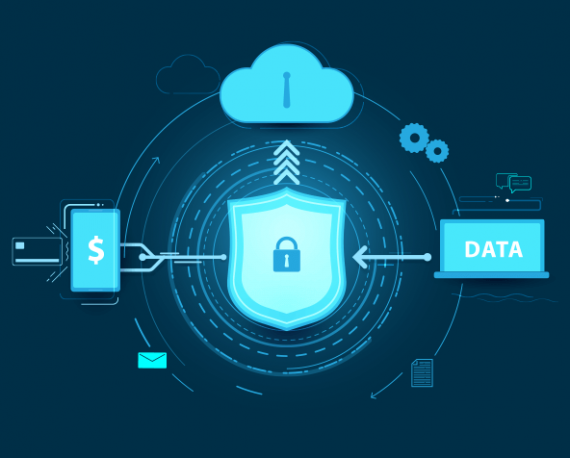
What Does IT Management Mean by ‘Infrastructure’?
Information, in a broad sense, is structured, processed and organised data that allows decision making at different levels. It gives context to data and allows easy decision making. For instance, a single consumer’s sale in a restaurant is multiple data-this becomes multiple data when the company is able to identify which dish is the most popular or least common. The same principle applies to complex organizations, where the structure of information may be highly complicated, especially at the point of data interchange. Decision making is difficult, and so decisions are rarely made.
The current practice of information technology is based on the idea of information being a continuous data structure. The continual processing of information (the entire point of information technology) is based on the ability to extract discrete data from this constant process. Information is abstracted, stored and made easily accessible as needed by decision makers. Information technology is mostly used by management in order to make information easily available and allows fast decision making by saving time and cost.
A large amount of information technology is used everyday, and it has a significant impact on how businesses operate. However, very little of this information technology is designed for the purpose of making data easily available and able to make quick and accurate decisions. As such, there is still a need for information systems that allow people and other businesses to make data accessible and easy to use. Information systems that do this are called enterprise information systems (EIS). An EIS is generally a collection of information products that make data easy to make and provide users with the ability to make decisions based on facts and figures. EIS programs can be found all over the place; they’re just not always well known or understood.